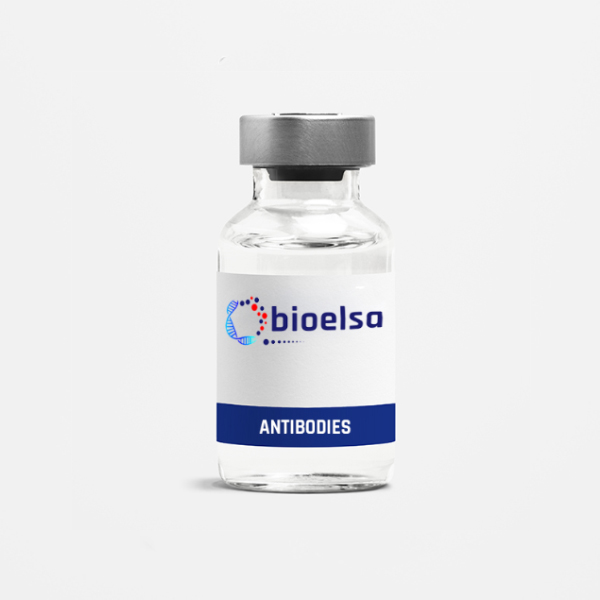
| Product Name | Nectin 1 Polyclonal Antibody |
| Cat Number | HR1AP5443 |
| Source | Rabbit |
| Applications | WB,ELISA |
| Species Reactivity | Human,Mouse,Rat |
| Storage | -20°C/1 year |
| Purification | The antibody was affinity-purified from rabbit antiserum by affinity-chromatography using epitope-specific immunogen. |
| Concentration | 1 mg/ml |
| Observed Band | 57 |
| Gene ID | PVRL1 |
| Alternative Name | PVRL1; HVEC; PRR1; Poliovirus receptor-related protein 1; Herpes virus entry mediator C; Herpesvirus entry mediator C; HveC; Herpesvirus Ig-like receptor; HIgR; Nectin-1; CD111 |
| Background | nectin cell adhesion molecule 1(NECTIN1) Homo sapiens This gene encodes an adhesion protein that plays a role in the organization of adherens junctions and tight junctions in epithelial and endothelial cells. The protein is a calcium(2+)-independent cell-cell adhesion molecule that belongs to the immunoglobulin superfamily and has 3 extracellular immunoglobulin-like loops, a single transmembrane domain (in some isoforms), and a cytoplasmic region. This protein acts as a receptor for glycoprotein D (gD) of herpes simplex viruses 1 and 2 (HSV-1, HSV-2), and pseudorabies virus (PRV) and mediates viral entry into epithelial and neuronal cells. Mutations in this gene cause cleft lip and palate/ectodermal dysplasia 1 syndrome (CLPED1) as well as non-syndromic cleft lip with or without cleft palate (CL/P). Alternative splicing results in multiple transcript variants encoding proteins with distinct C-termini. [provided by RefSeq, Oct 2009], |
| Type | polyclonal |